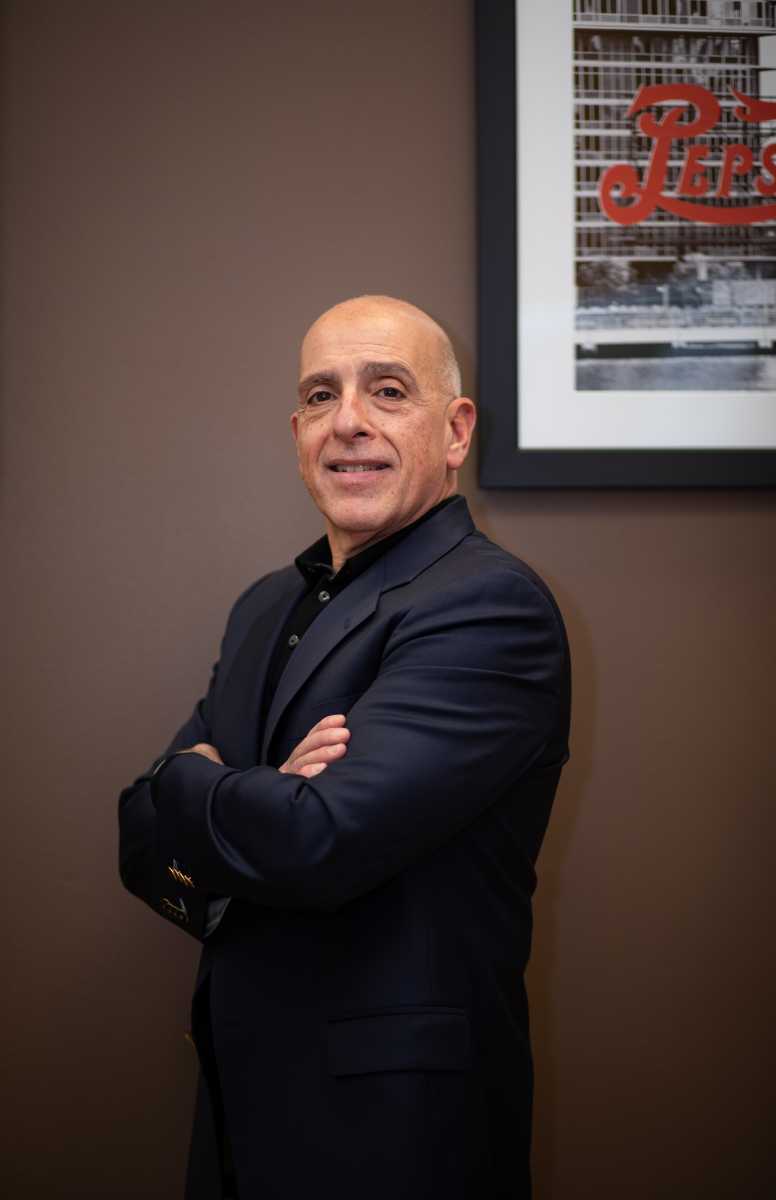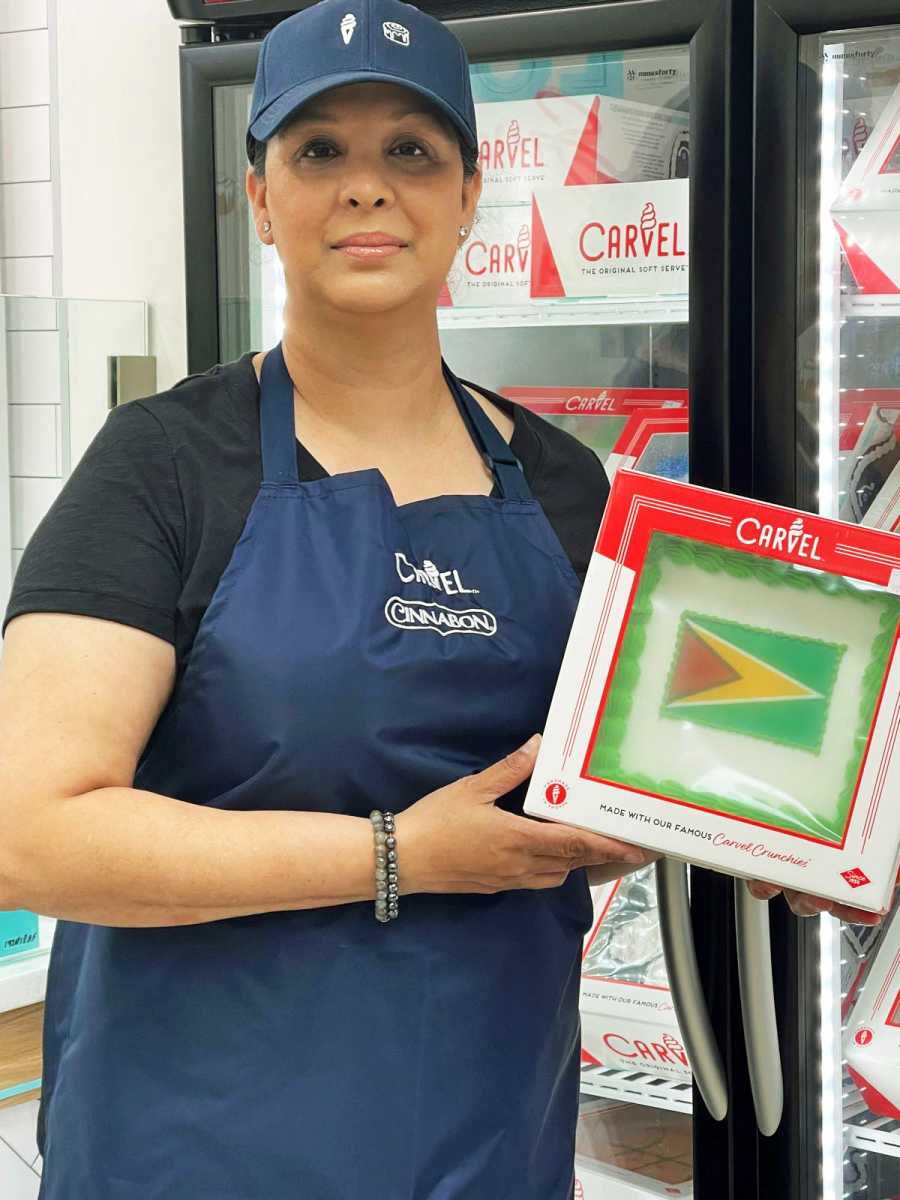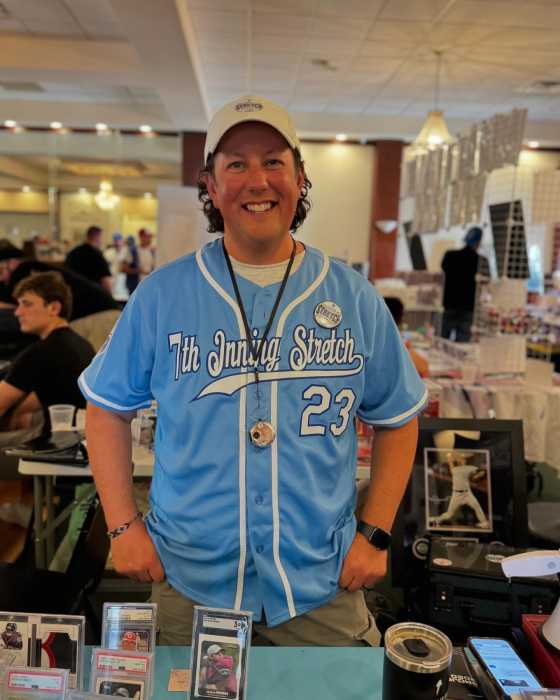When clients walk into the door of one of John Savignano’s Long Island City offices, they’re greeted by the receptionist and a cup of espresso.
“Espresso is my thing,” he said. The seemingly small gesture is a reflection of his “people first” approach to business and his general life philosophy.
“In today’s world with all the technology and all the distractions, nobody talks to each other. But we try to keep the human element part of the process, in that we’re sort of old-fashioned and we care. We’re all humans,” said Savignano.
According to Savignano, maintaining the “human element” in the accounting world — as well as maintaining client relationships — is how his eponymous business thrives. Savignano Accountants and Advisors was born in Westchester County as a full-service CPA firm providing accounting, bookkeeping, tax and advisory services for individuals and businesses. But soon after, a client project led the firm to Astoria.
“I didn’t stay too long in Astoria because the firm got too big and then they merged into a larger firm. Then I came out of that firm because we lost the human element,” he said. He defines that “human element” as “small gestures of kindness, compassion and generosity” that clients may not find at other firms.
Nearly seven years ago, Savignano “regrouped” in Long Island City, first in his Vernon Boulevard office and then to a second office on Crescent Street. Since establishing the firm in the fast-growing neighborhood, Savignano said that business has grown “20 to 25 percent a year” due to the way they operate.
“What we do here is not rocket science,” said Savignano with a laugh. “But we try to create an environment where people feel important. Where they feel like a VIP [and that] they’re getting the right service, timely service [without] getting robbed.”
He also attributes the company’s success to his unique background, which he said falls into four “buckets”: experience in the private industry, public accounting, academia and entrepreneurship. He studied accounting at St. John’s University and earned an M.S. in taxation at Pace University. He became a certified public accountant in 1985.
In the past, he’s held CFO roles, been the head of tax and global tax and worked for companies like PricewaterhouseCoopers and MasterCard. He has also been a partner at regional accounting firms, established his own firm and taught tax and finance accounting courses at Fordham University.
“With my experience in terms of growing up in the business environment and having all these wonderful experiences, I’m able to share those experiences with friends, clients here, locally,” he said.
Savignano grew up in Williamsburg, Brooklyn, with a father who was in the supermarket business. Growing up, he observed how his dad conducted business and interacted with customers and “always made them feel good.” In addition to patronizing the supermarket, regular customers would hang out in the store.
“I grew up in an environment where it’s not only about putting money in the cash register, it’s a whole package,” said Savignano. “I’ve been in this business for 35 years, but I was able to stay in this business because you’ve got to learn to be good in all facets.”
He’s seen LIC change in the time he’s been in the neighborhood including a change in the business landscape, a quicker pace of life and more sophisticated clientele. But as Long Island City continues to change, the way Savignano conducts business stays the same.
“We always encourage staff to pick up the phone, call the client, have the client come in. Even if we don’t talk about business, we just have a cup of coffee. We usually give clients a little espresso, we have espresso machines in both offices. We sit down, we shoot the breeze. We can talk about politics, we can talk about football. But in those discussions, we learn more about the person’s situation. Based on those discussions, we’re able to provide advice on things that we see that are not on the surface but we can see that they’re building,” he said.




































